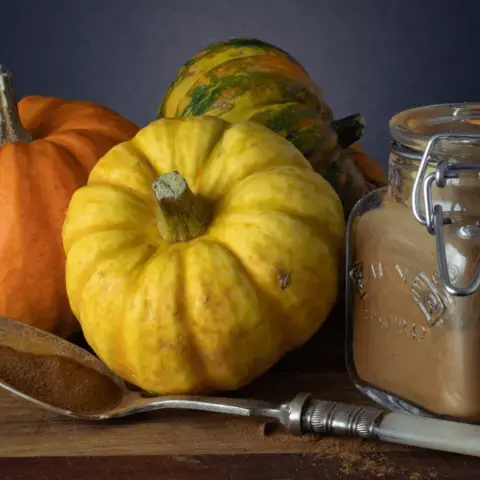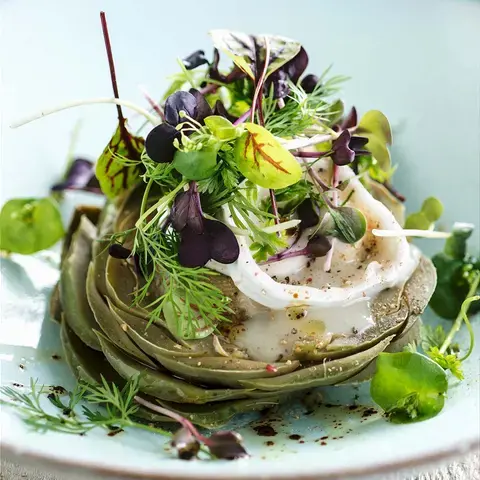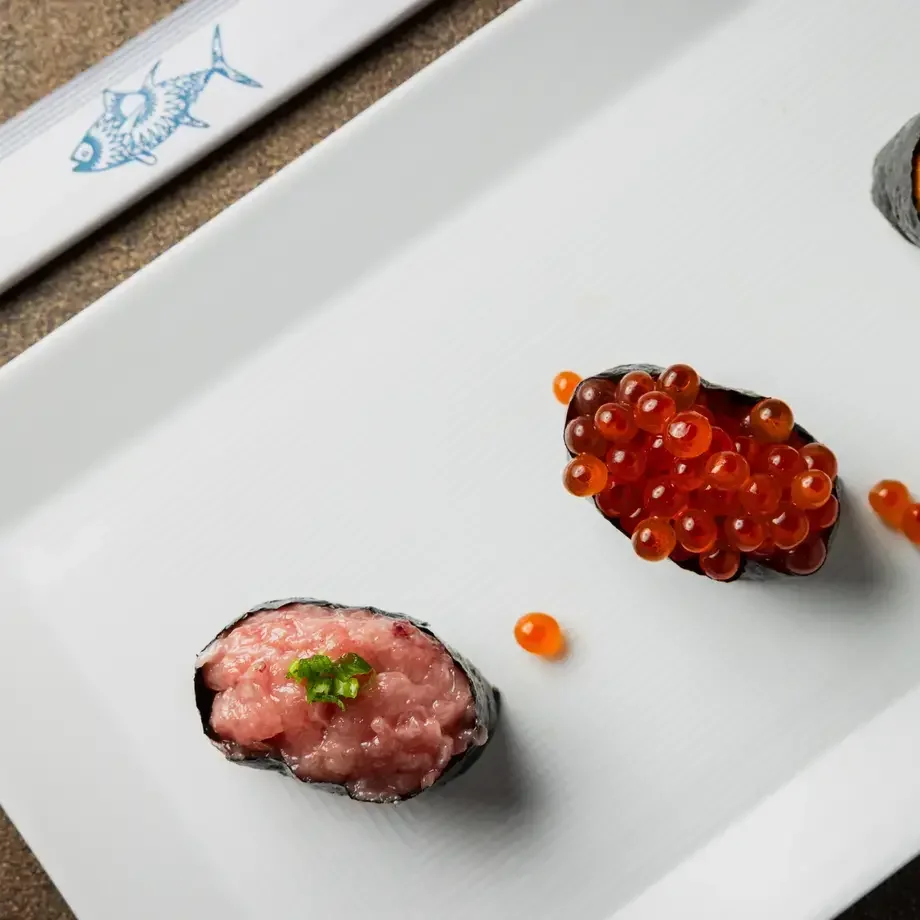One of the noblest cheese varieties of Italy, caciocavallo podolico is actually considered to be the Grana Padano of the South but rarely ends up in cooked dishes since it tends to be enjoyed on its own at the end of a meal.
It looks like a chubby amphora topped by a lump. The name (which translates as horse cheese) derives from the fact that these cheeses are hung up to age in pairs, rope-bound and slung over a wooden board or beam.
What is caciocavallo podolico?
"Podolico" is the finest expression of caciocavallo cheese. Its paste is straw yellow in colour, semi-hard and smooth to the touch, with each piece weighing from 500 g to 8.10 kg. The aroma of milk and straw is intense while the texture is slightly grainy and sharp at times. The term “podolico” refers to the fact that this cheese is entirely made from the milk of the valuable bovine species called “podolica”, with its characteristic grey colour and large horns.












